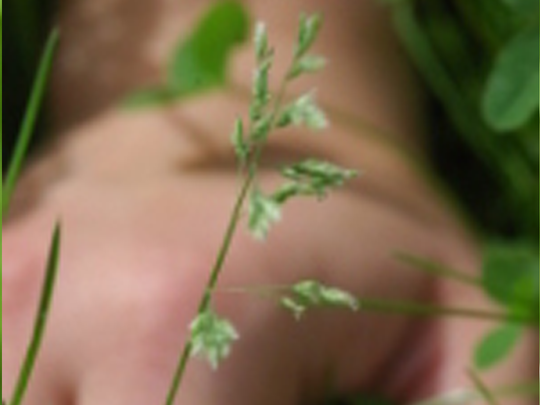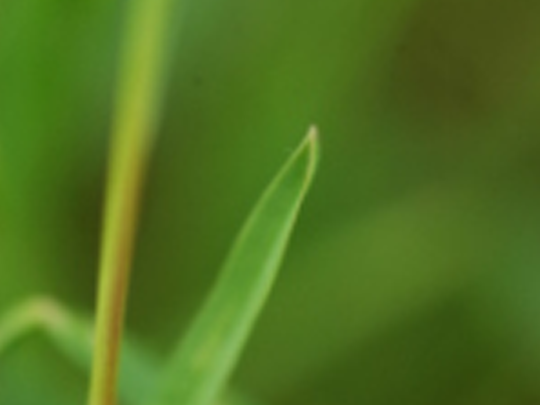Annual meadow grass is an annual or perennial tufted grass which produces short stolons. Frequently grows very close to the ground. Growth and development heavily dependent on prevailing weather conditions. Continually produces new flowering shoots. Repeated shedding of seed and re-emergence give the appearance of persistence. In humid climates it frequently moves into old swards to fill gaps left by other grass species that have died back. Undemanding weed in gardens, park verges and worn sports pitches. Its shallow root system deprives other plants of nutrients. Although its feed value is average (5), its performance is unsatisfactory. The grass is able to rapidly cover and close up gaps in grass swards and so provides a degree of soil protection. Annual meadow grass rapidly becomes established on sports pitches and other turfed areas that are subject to excessive wear. With shallow roots, it can quickly gain a foothold on compacted soils. All in all, although of little agricultural value, it is often unavoidable as a gap filler. High densities can be put down to poor management.

